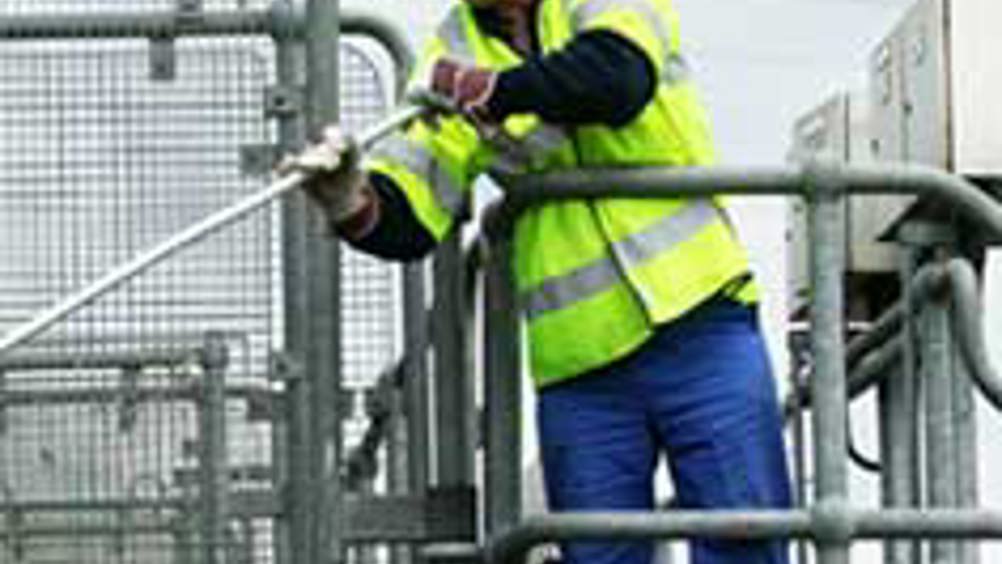Thames Water makes savings with sewage
Thames Water claims to have saved £15m in electricity bills last year by generating its own renewable power from its 13.6 million customers’ excrement.

In 2008/09, Britain’s biggest water and sewerage company generated 14 per cent of its power needs from either burning sewage sludge or methane derived from it.
Dr Keith Colquhoun, Thames Water’s climate change strategy manager, said: ‘Our poo isn’t simply waste, it’s a great source of energy. That’s good news because we treat 2.8 billion litres of sewage every day at our 349 sewage works. The solids in sewage have a high calorific content that we use to generate electricity. As well as helping us to be more sustainable as a company, it also saves money — £15m less spent on energy last year alone.’
Thames Water — which has the largest renewable electricity generation capacity inside the M25, excluding the commercial electricity generators — uses two methods to generate power from sewage.
In the first — a process called thermal destruction with energy recovery — sewage sludge, which is the solid content of the sewage dried into blocks, is burned to generate power. The second process uses CHP (combined heat and power) generation, where methane derived from sewage sludge is burned to create heat, which in turn generates power.
Register now to continue reading
Thanks for visiting The Engineer. You’ve now reached your monthly limit of news stories. Register for free to unlock unlimited access to all of our news coverage, as well as premium content including opinion, in-depth features and special reports.
Benefits of registering
-
In-depth insights and coverage of key emerging trends
-
Unrestricted access to special reports throughout the year
-
Daily technology news delivered straight to your inbox










Water Sector Talent Exodus Could Cripple The Sector
Maybe if things are essential for the running of a country and we want to pay a fair price we should be running these utilities on a not for profit...